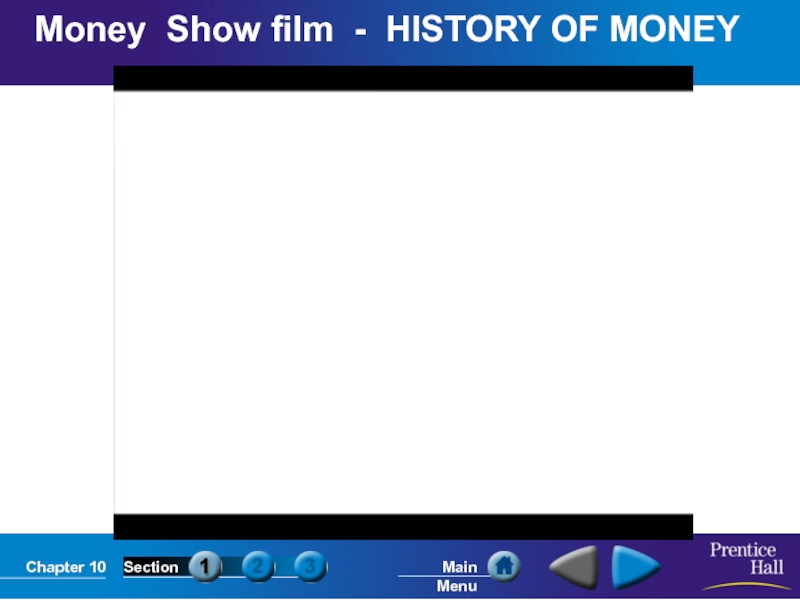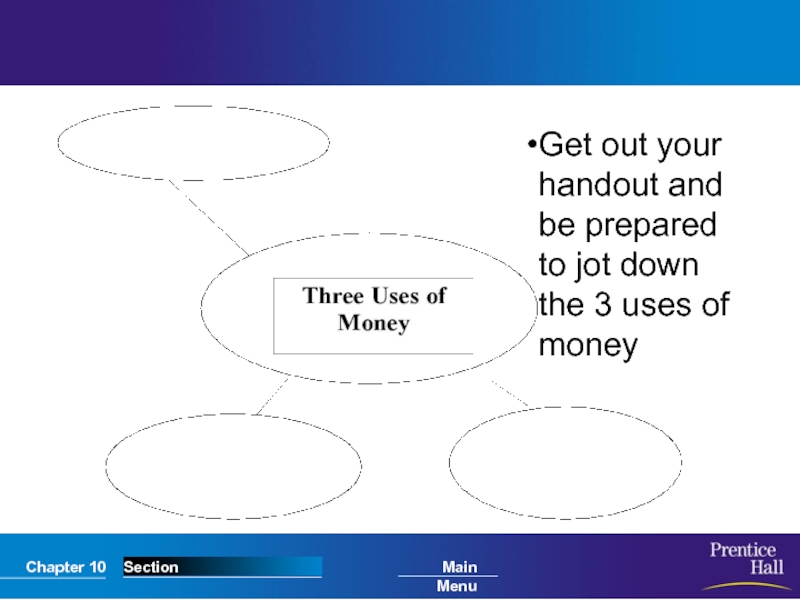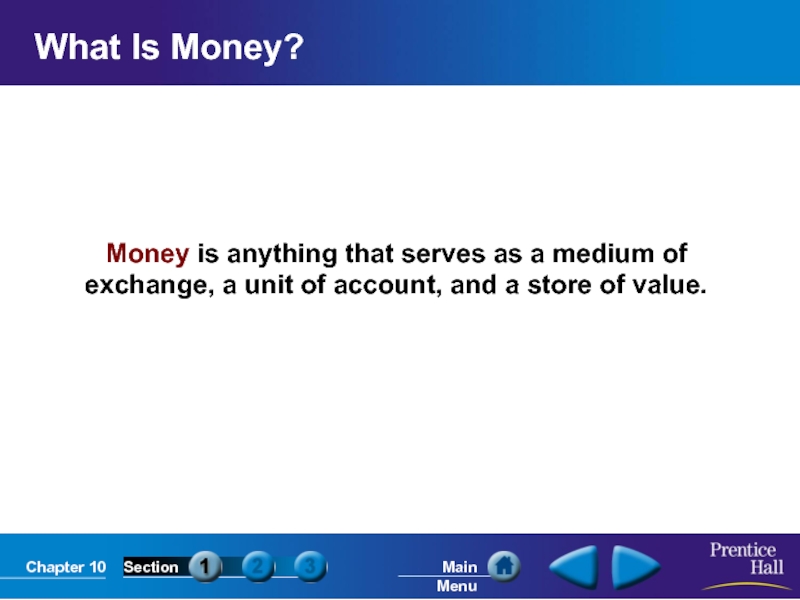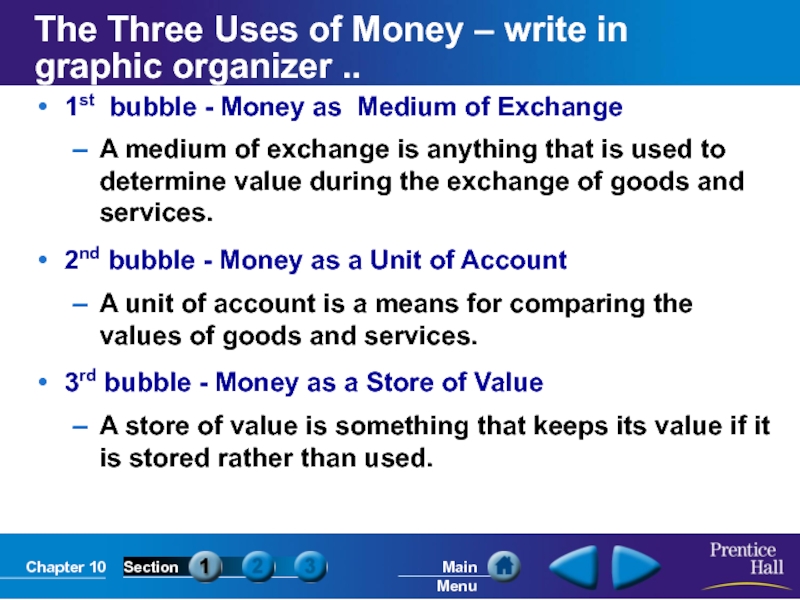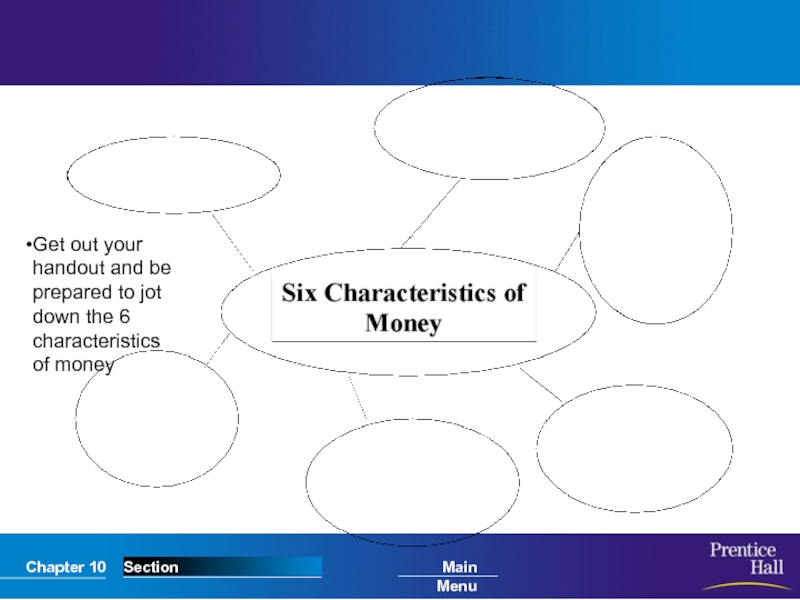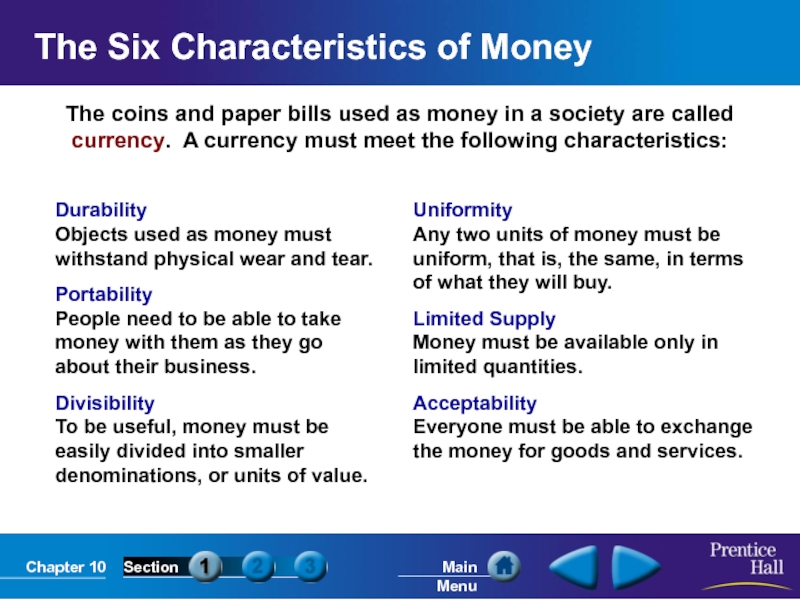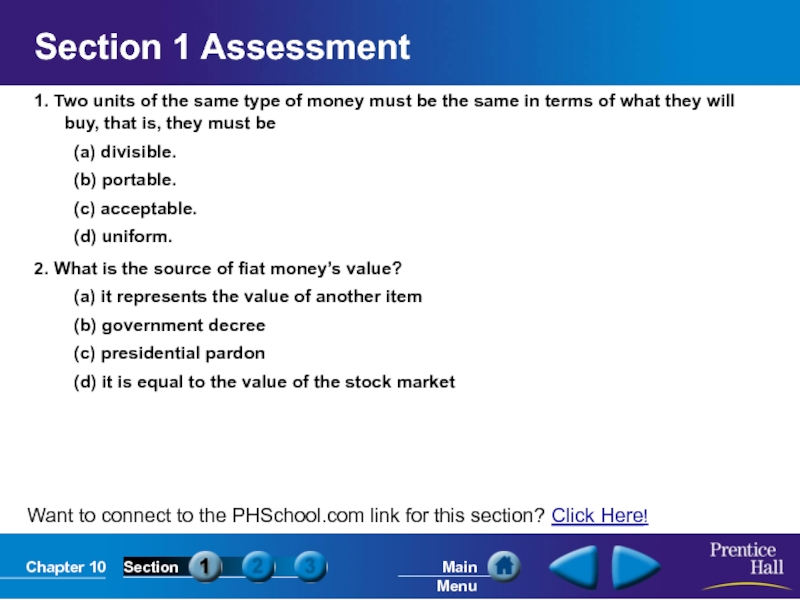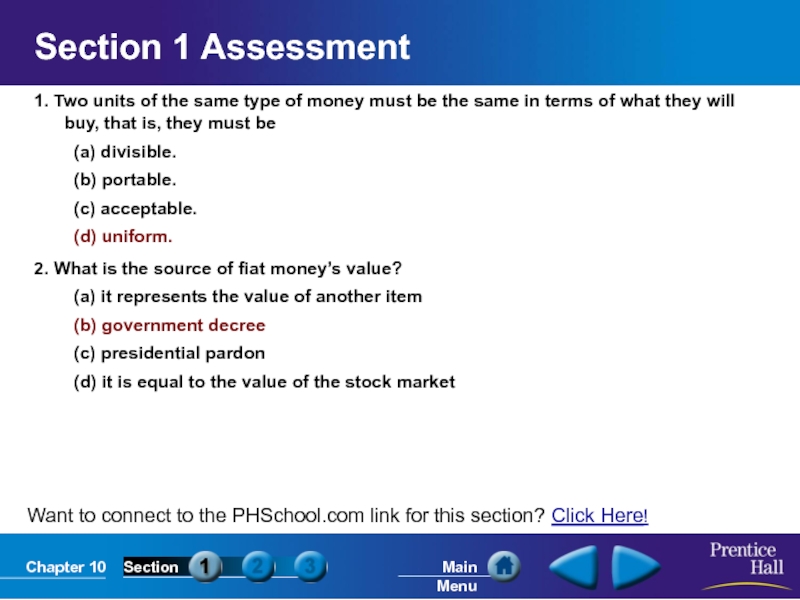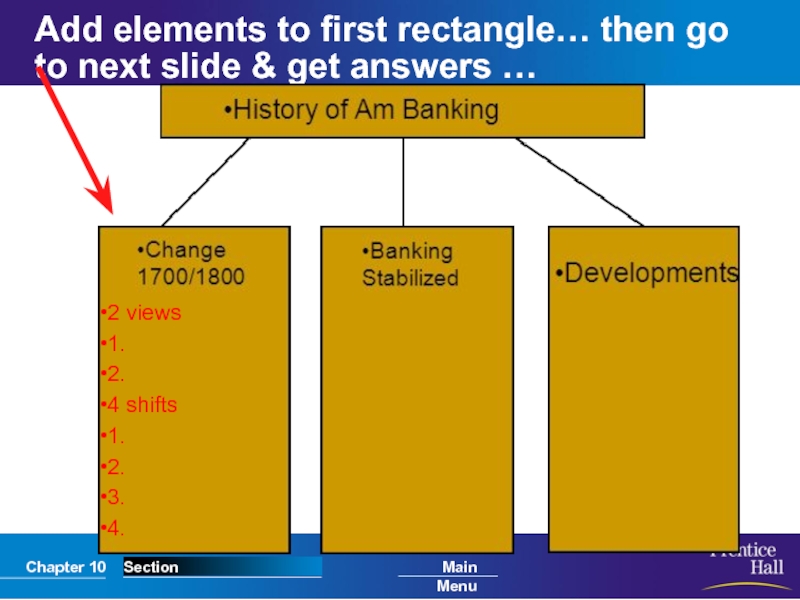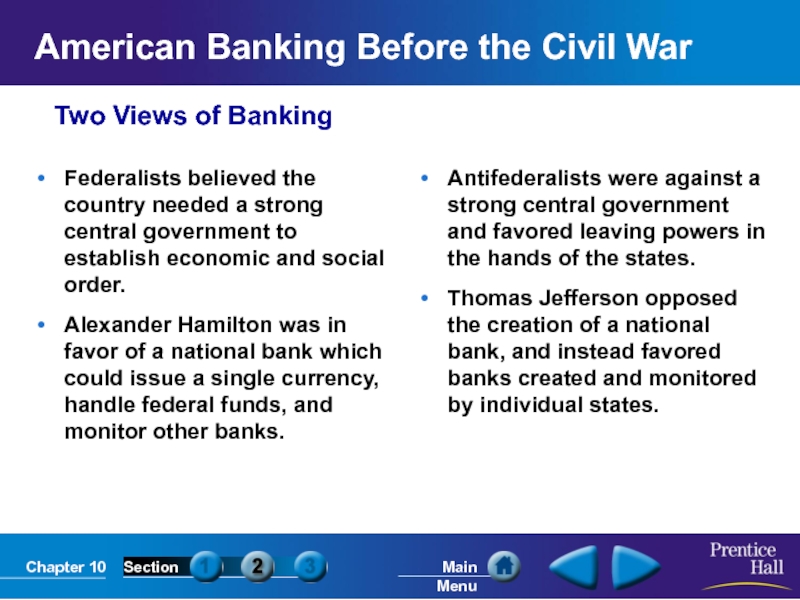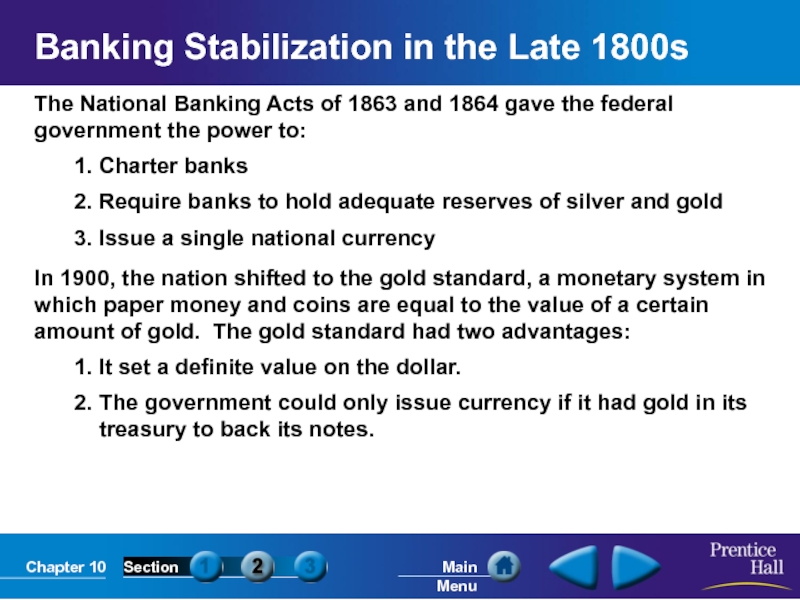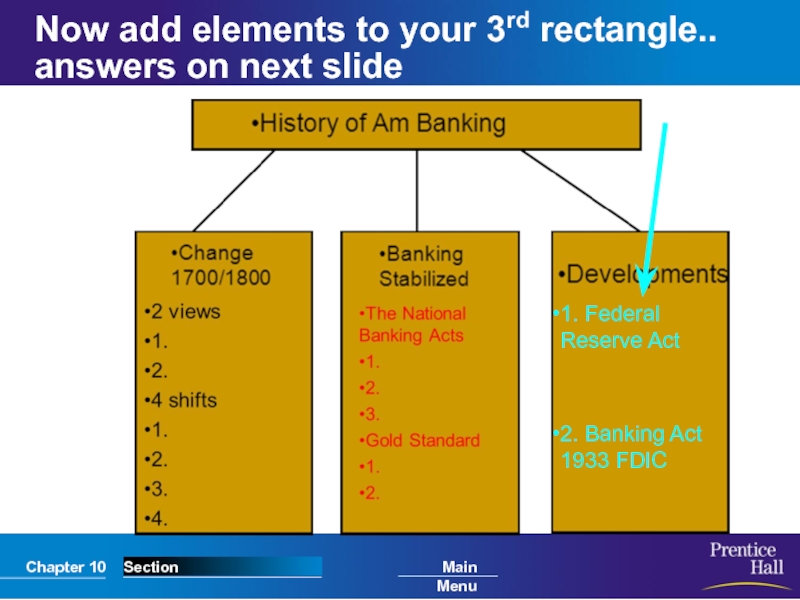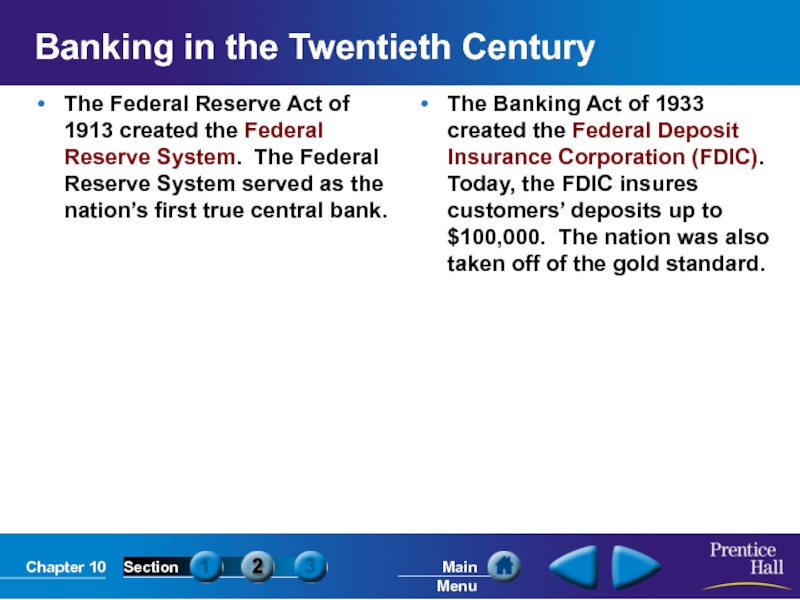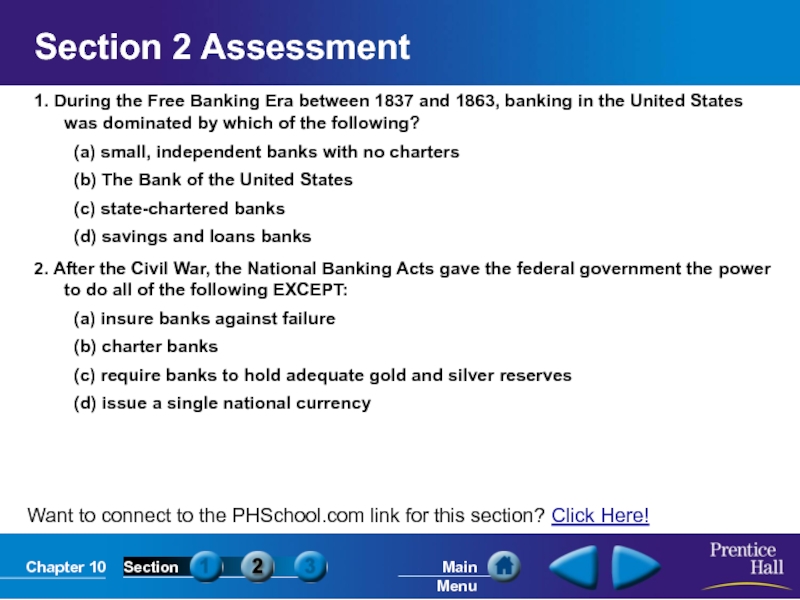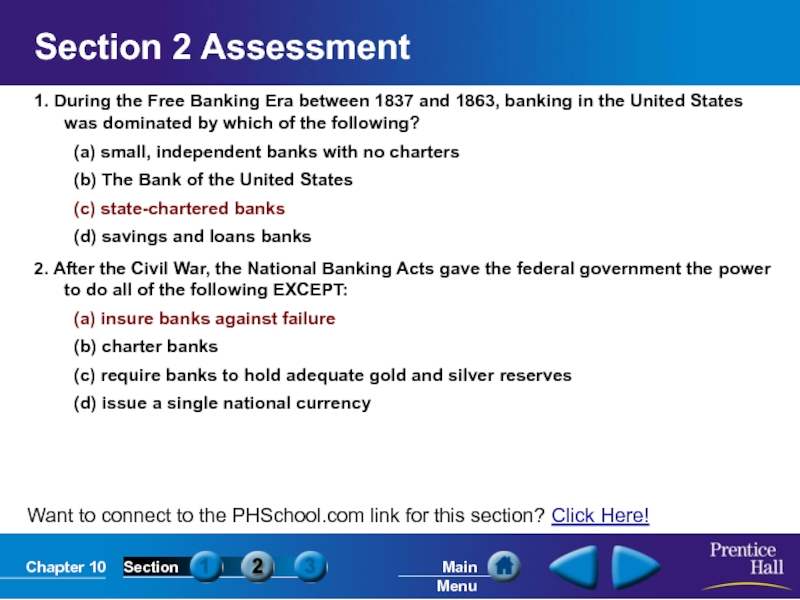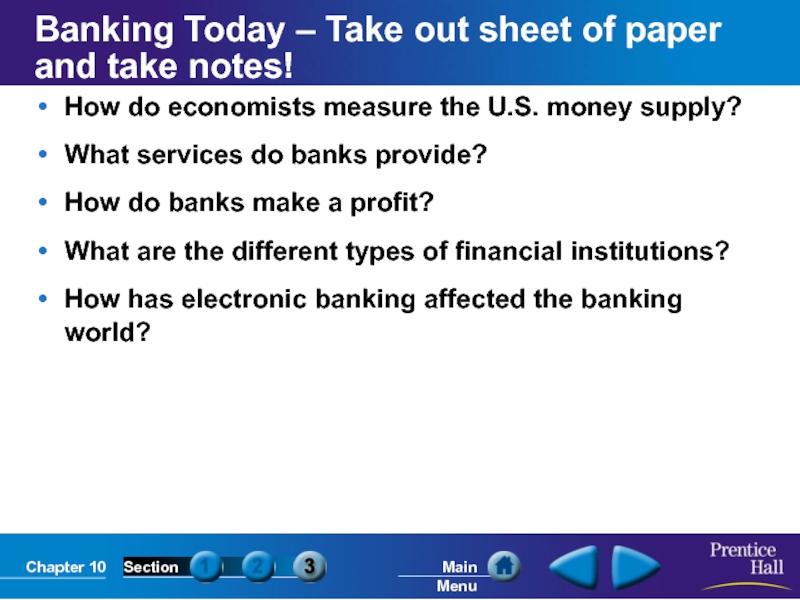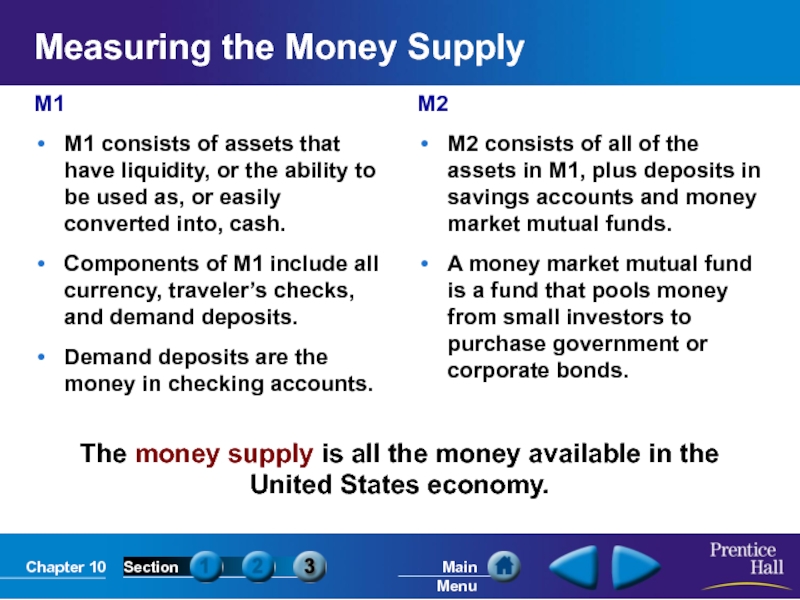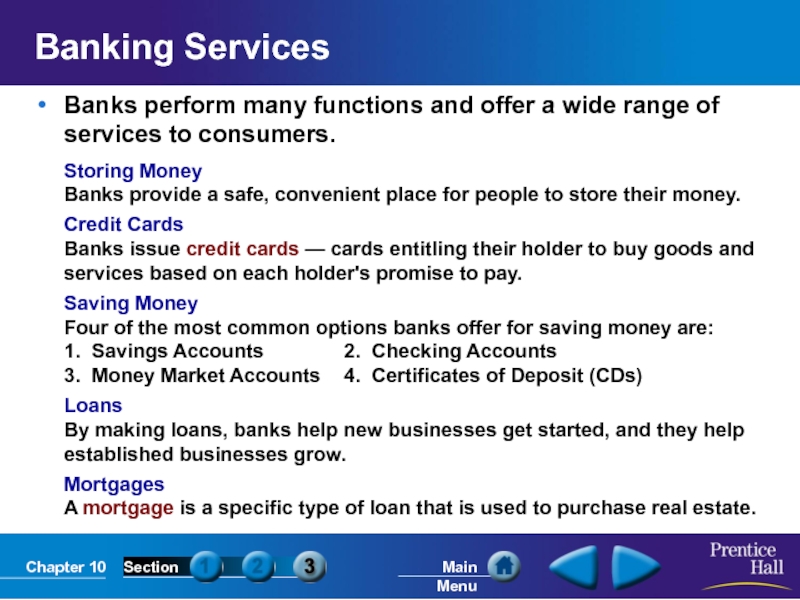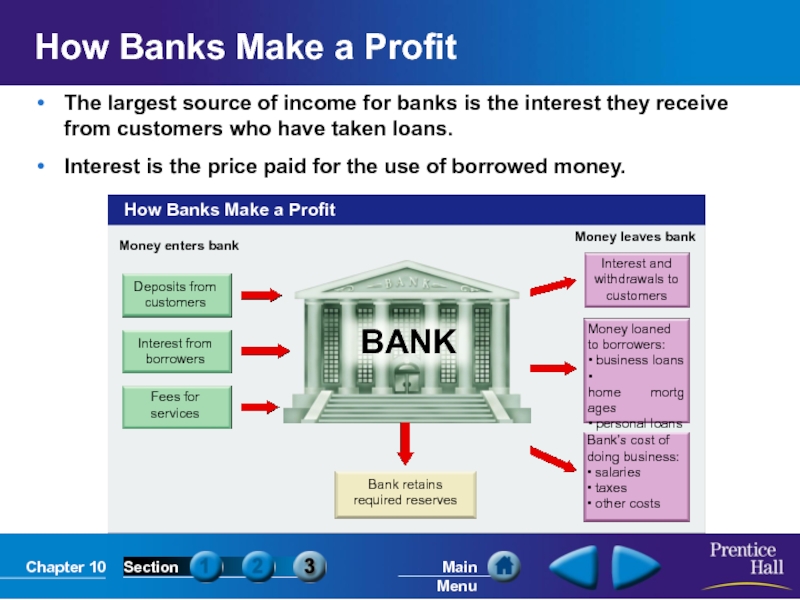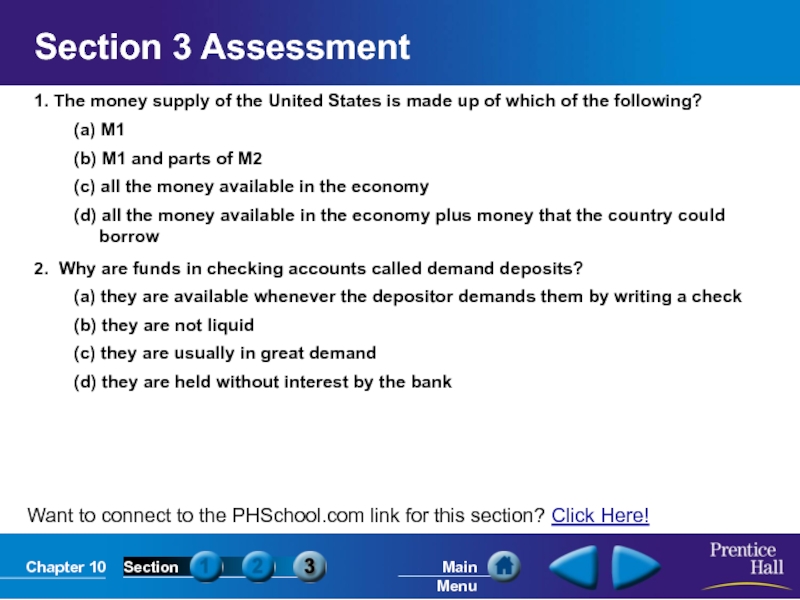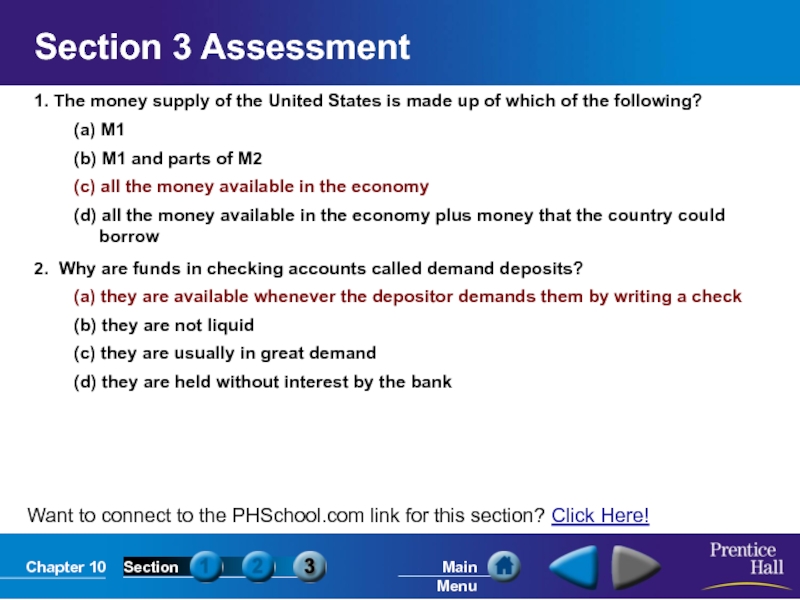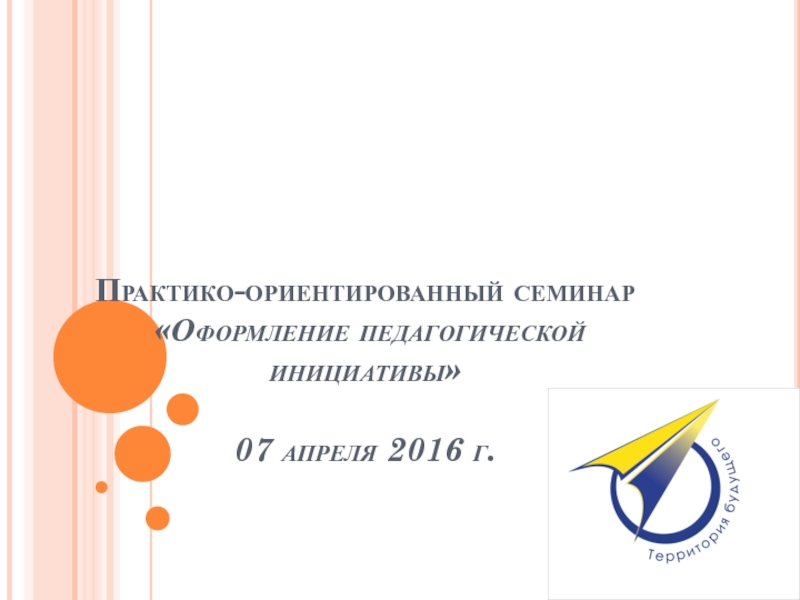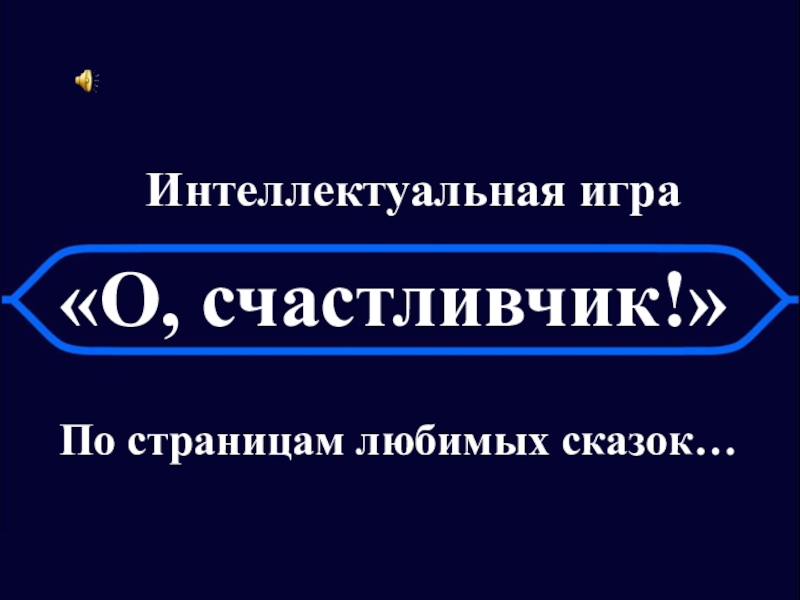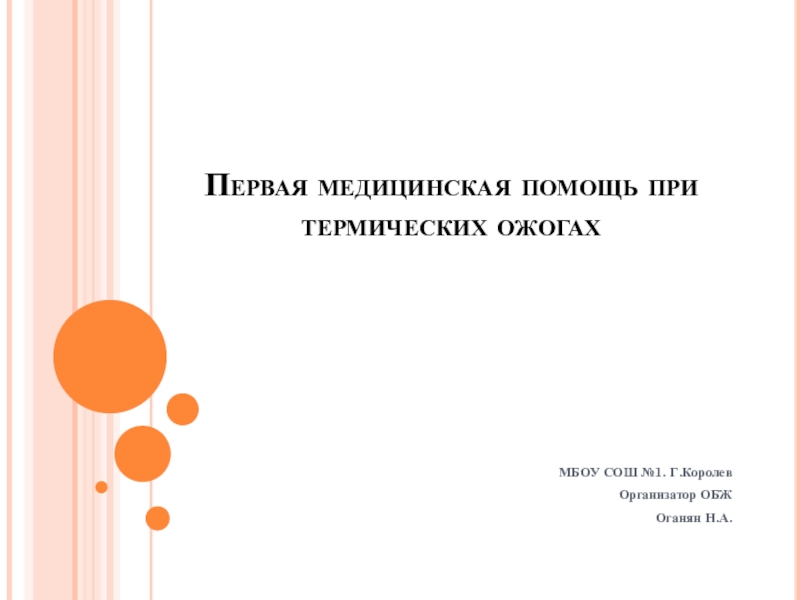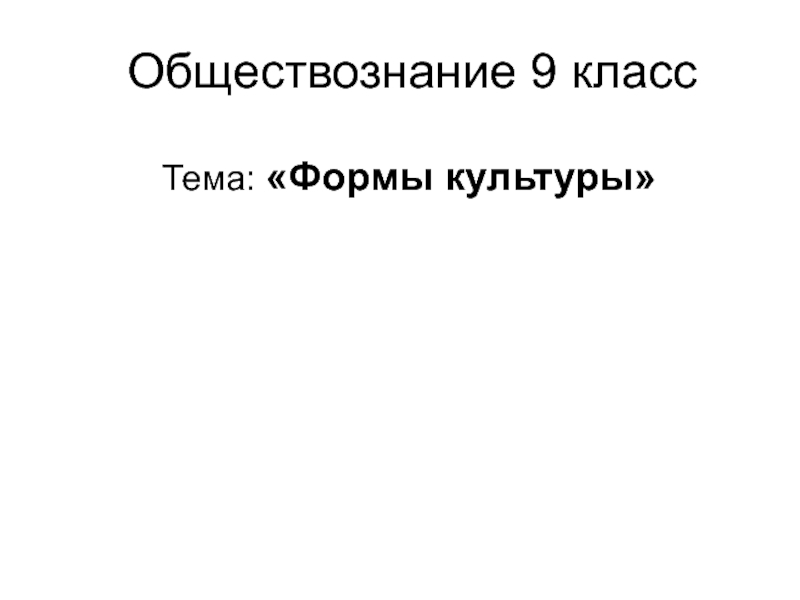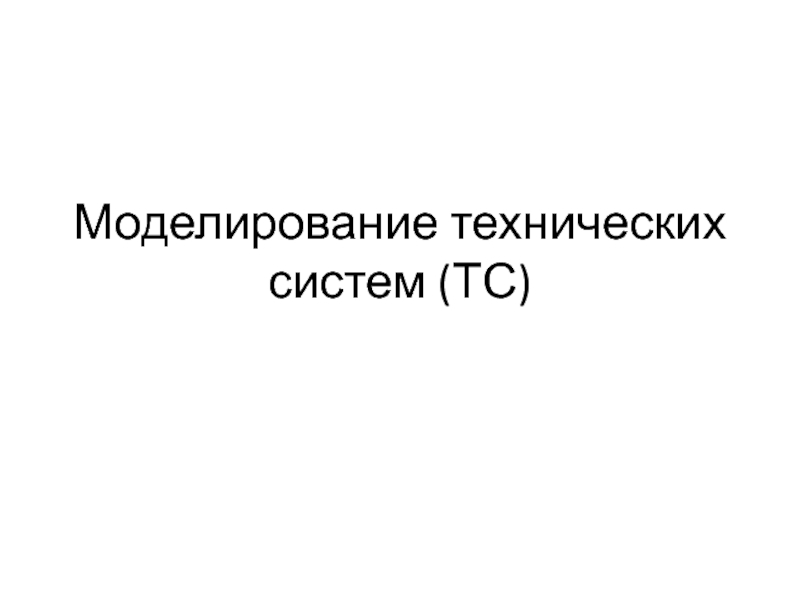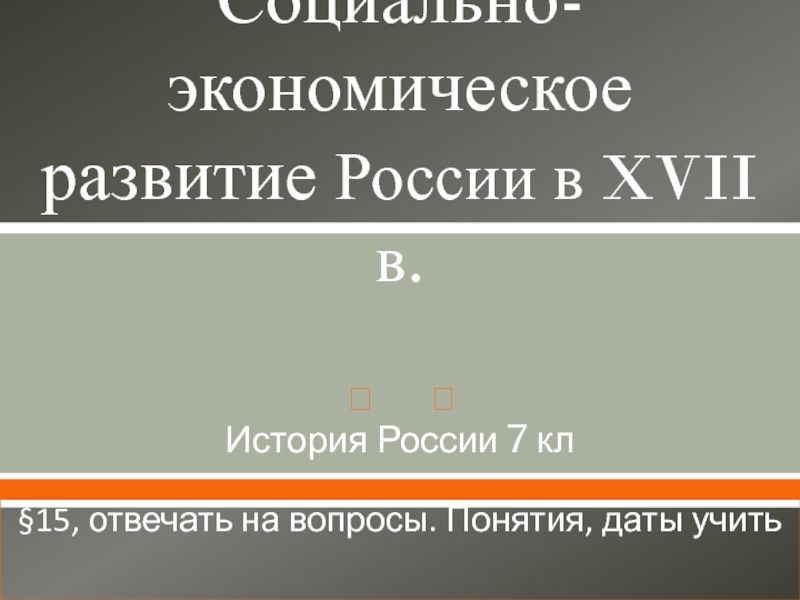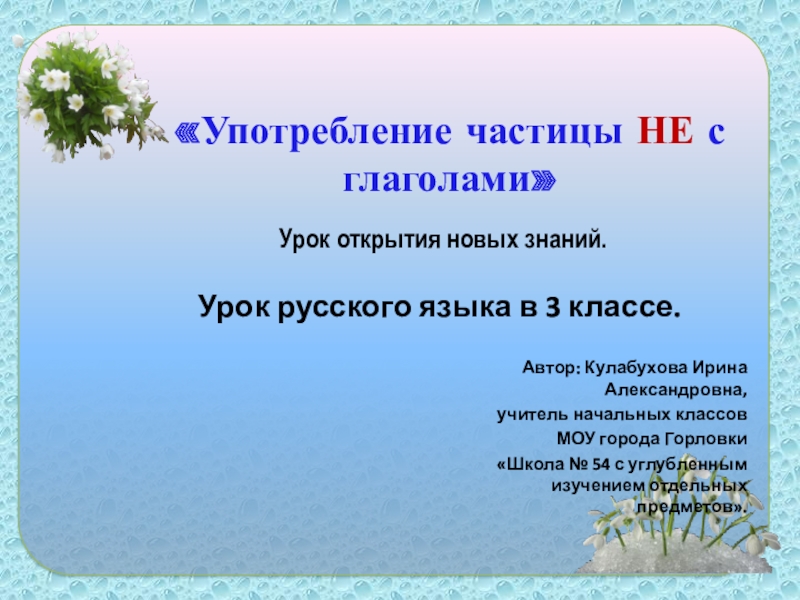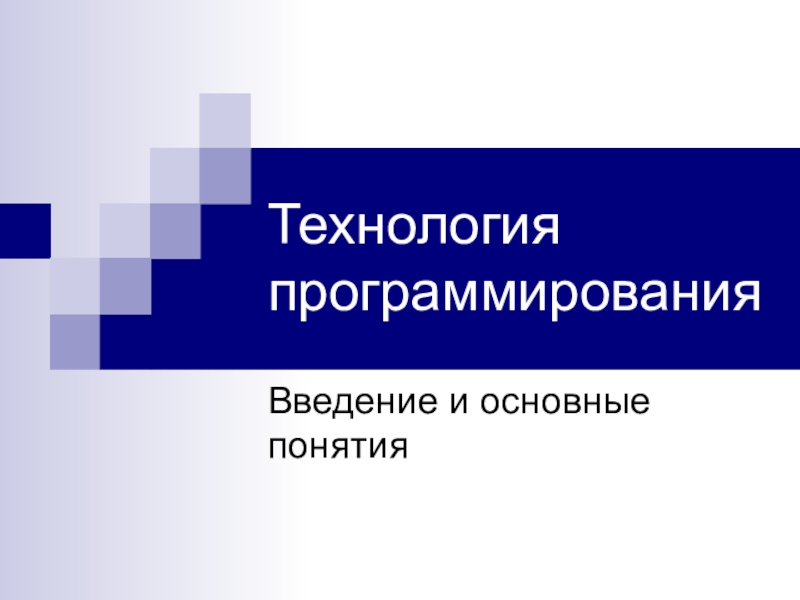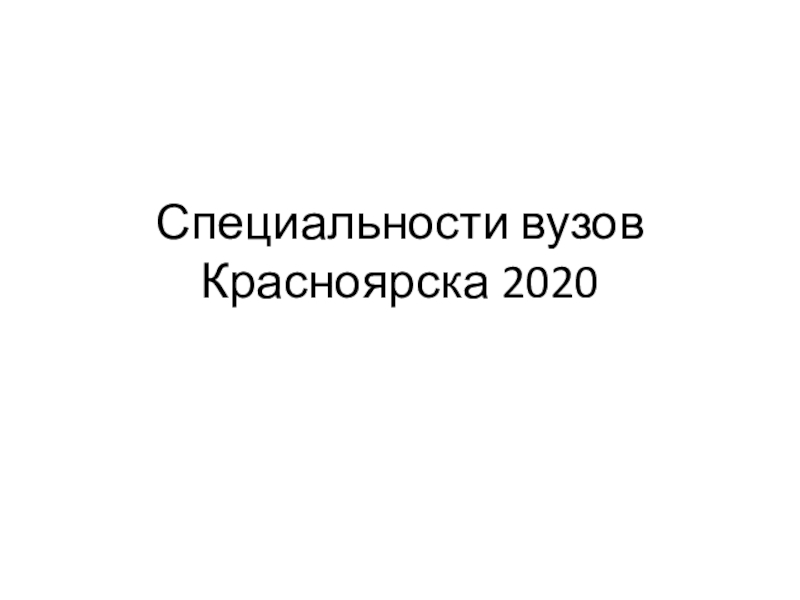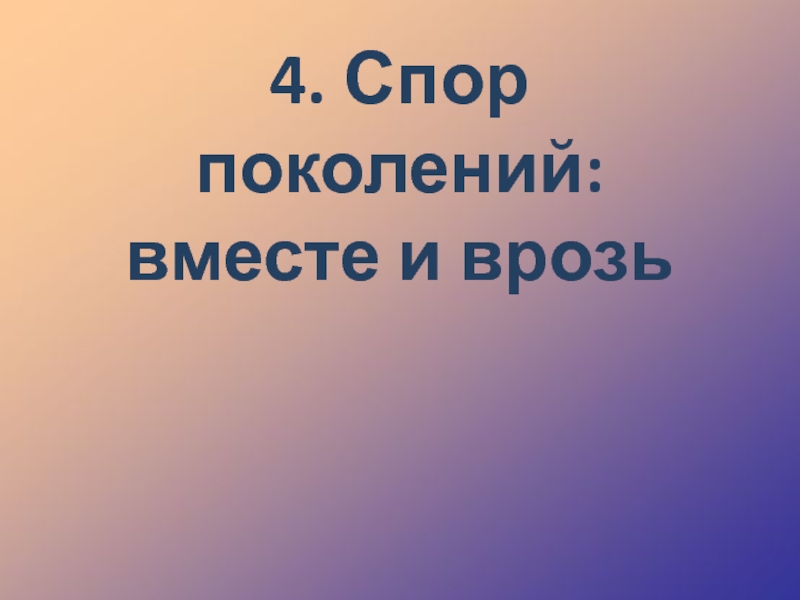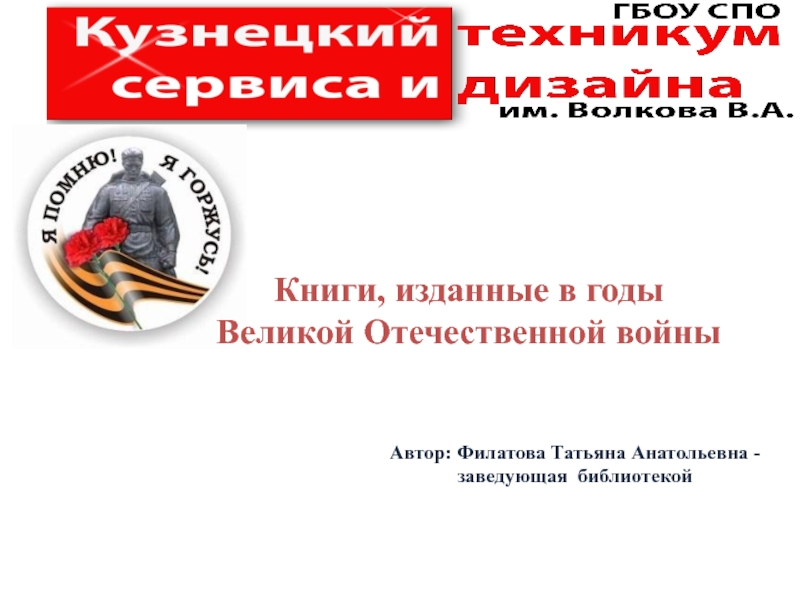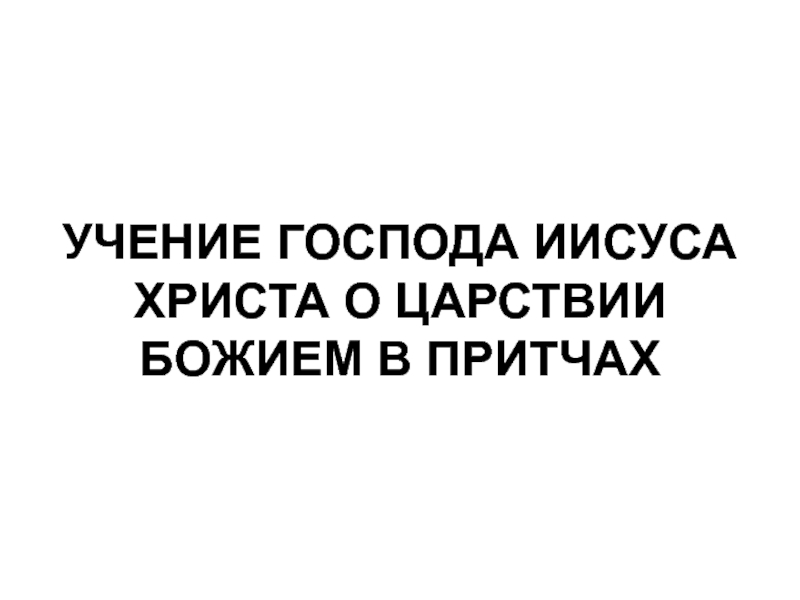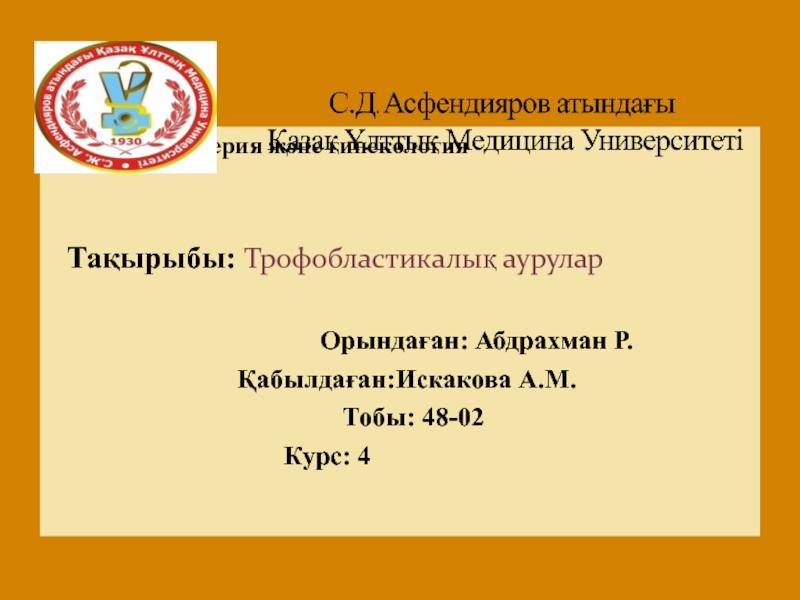Разделы презентаций
- Разное
- Английский язык
- Астрономия
- Алгебра
- Биология
- География
- Геометрия
- Детские презентации
- Информатика
- История
- Литература
- Математика
- Медицина
- Менеджмент
- Музыка
- МХК
- Немецкий язык
- ОБЖ
- Обществознание
- Окружающий мир
- Педагогика
- Русский язык
- Технология
- Физика
- Философия
- Химия
- Шаблоны, картинки для презентаций
- Экология
- Экономика
- Юриспруденция
Money Show film - HISTORY OF MONEY
Содержание
- 1. Money Show film - HISTORY OF MONEY
- 2. Get out your handout and be prepared to jot down the 3 uses of money
- 3. Money is anything that serves as a
- 4. The Three Uses of Money – write
- 5. Get out your handout and be prepared to jot down the 6 characteristics of money
- 6. The coins and paper bills used as
- 7. Commodity MoneyCommodity money consists of objects that
- 8. Want to connect to the PHSchool.com link
- 9. Want to connect to the PHSchool.com link
- 10. The History of American BankingHow did American
- 11. Add elements to first rectangle… then go to next slide & get answers …2 views1.2.4 shifts1.2.3.4.
- 12. Two Views of BankingAmerican Banking Before the
- 13. Shifts in the Banking SystemThe First Bank
- 14. Now add elements for 2nd column… answers next slide
- 15. Banking Stabilization in the Late 1800sThe National
- 16. Now add elements to your 3rd rectangle..
- 17. Banking in the Twentieth CenturyThe Federal Reserve
- 18. Watch bank run clip
- 19. Want to connect to the PHSchool.com link
- 20. Want to connect to the PHSchool.com link
- 21. Banking Today – Take out sheet of
- 22. Measuring the Money SupplyM1M1 consists of assets
- 23. Banking ServicesBanks perform many functions and offer
- 24. How Banks Make a ProfitThe largest source
- 25. Types of Financial InstitutionsCommercial BanksCommercial banks offer
- 26. The role of computers in banking has
- 27. Want to connect to the PHSchool.com link
- 28. Want to connect to the PHSchool.com link
- 29. Скачать презентанцию
Слайды и текст этой презентации
Слайд 3Money is anything that serves as a medium of exchange,
a unit of account, and a store of value.
What
Is Money?Слайд 4The Three Uses of Money – write in graphic organizer
..
1st bubble - Money as Medium of Exchange
A medium of
exchange is anything that is used to determine value during the exchange of goods and services. 2nd bubble - Money as a Unit of Account
A unit of account is a means for comparing the values of goods and services.
3rd bubble - Money as a Store of Value
A store of value is something that keeps its value if it is stored rather than used.
Слайд 6The coins and paper bills used as money in a
society are called currency. A currency must meet the following
characteristics:Durability
Objects used as money must withstand physical wear and tear.
Portability
People need to be able to take money with them as they go about their business.
Divisibility
To be useful, money must be easily divided into smaller denominations, or units of value.
Uniformity
Any two units of money must be uniform, that is, the same, in terms of what they will buy.
Limited Supply
Money must be available only in limited quantities.
Acceptability
Everyone must be able to exchange the money for goods and services.
The Six Characteristics of Money
Слайд 7Commodity Money
Commodity money consists of objects that have value in
themselves.
Representative Money
Representative money has value because the holder can
exchange it for something else of value. Fiat Money
Fiat money, also called “legal tender,” has value because the government decreed that is an acceptable means to pay debts.
The Sources of Money’s Value
Get out a sheet of paper and create a graphic organizer – your choice –label the title as Sources of Money’s value ..… then create 3 rectangles as shown in this slide… write in each box the definition & draw a picture of each source of money’s value (Commodity, Representative and Fiat money)
Слайд 8Want to connect to the PHSchool.com link for this section?
Click Here!
Section 1 Assessment
1. Two units of the same type
of money must be the same in terms of what they will buy, that is, they must be(a) divisible.
(b) portable.
(c) acceptable.
(d) uniform.
2. What is the source of fiat money’s value?
(a) it represents the value of another item
(b) government decree
(c) presidential pardon
(d) it is equal to the value of the stock market
Слайд 9Want to connect to the PHSchool.com link for this section?
Click Here!
Section 1 Assessment
1. Two units of the same type
of money must be the same in terms of what they will buy, that is, they must be(a) divisible.
(b) portable.
(c) acceptable.
(d) uniform.
2. What is the source of fiat money’s value?
(a) it represents the value of another item
(b) government decree
(c) presidential pardon
(d) it is equal to the value of the stock market
Слайд 10The History of American Banking
How did American banking change in
the 1700s and 1800s?
How was the banking system stabilized in
the late 1800s?What developments occurred in banking during the twentieth century?
Create a graphic organizer – see EXAMPLE to right – title: History of Am Banking
3 sub-titles (see bullets above)
Example
Слайд 11Add elements to first rectangle… then go to next slide
& get answers …
2 views
1.
2.
4 shifts
1.
2.
3.
4.
Слайд 12Two Views of Banking
American Banking Before the Civil War
Federalists believed
the country needed a strong central government to establish economic
and social order.Alexander Hamilton was in favor of a national bank which could issue a single currency, handle federal funds, and monitor other banks.
Antifederalists were against a strong central government and favored leaving powers in the hands of the states.
Thomas Jefferson opposed the creation of a national bank, and instead favored banks created and monitored by individual states.
Слайд 13Shifts in the Banking System
The First Bank of the United
States
The first Bank of the United States was created in
1791. The Bank held tax revenues, helped collect taxes, issued representative money, and monitored state-chartered banks. Chaos in American Banking
The first Bank lost support and its charter expired in 1811. Different, state-chartered banks began issuing different currencies.
The Second Bank of the United States
The Second Bank was created in 1816 and was responsible for restoring stability in banking.
The Free Banking Era
The Second Bank’s charter was not renewed in 1832, and another period dominated by state-chartered banks took hold.
Слайд 15Banking Stabilization in the Late 1800s
The National Banking Acts of
1863 and 1864 gave the federal government the power to:
1.
Charter banks2. Require banks to hold adequate reserves of silver and gold
3. Issue a single national currency
In 1900, the nation shifted to the gold standard, a monetary system in which paper money and coins are equal to the value of a certain amount of gold. The gold standard had two advantages:
1. It set a definite value on the dollar.
2. The government could only issue currency if it had gold in its treasury to back its notes.
Слайд 16Now add elements to your 3rd rectangle.. answers on next
slide
1. Federal Reserve Act
2. Banking Act 1933 FDIC
Слайд 17Banking in the Twentieth Century
The Federal Reserve Act of 1913
created the Federal Reserve System. The Federal Reserve System served
as the nation’s first true central bank.The Banking Act of 1933 created the Federal Deposit Insurance Corporation (FDIC). Today, the FDIC insures customers’ deposits up to $100,000. The nation was also taken off of the gold standard.
Слайд 19Want to connect to the PHSchool.com link for this section?
Click Here!
Section 2 Assessment
1. During the Free Banking Era between
1837 and 1863, banking in the United States was dominated by which of the following?(a) small, independent banks with no charters
(b) The Bank of the United States
(c) state-chartered banks
(d) savings and loans banks
2. After the Civil War, the National Banking Acts gave the federal government the power to do all of the following EXCEPT:
(a) insure banks against failure
(b) charter banks
(c) require banks to hold adequate gold and silver reserves
(d) issue a single national currency
Слайд 20Want to connect to the PHSchool.com link for this section?
Click Here!
Section 2 Assessment
1. During the Free Banking Era between
1837 and 1863, banking in the United States was dominated by which of the following?(a) small, independent banks with no charters
(b) The Bank of the United States
(c) state-chartered banks
(d) savings and loans banks
2. After the Civil War, the National Banking Acts gave the federal government the power to do all of the following EXCEPT:
(a) insure banks against failure
(b) charter banks
(c) require banks to hold adequate gold and silver reserves
(d) issue a single national currency
Слайд 21Banking Today – Take out sheet of paper and take
notes!
How do economists measure the U.S. money supply?
What services do
banks provide?How do banks make a profit?
What are the different types of financial institutions?
How has electronic banking affected the banking world?
Слайд 22Measuring the Money Supply
M1
M1 consists of assets that have liquidity,
or the ability to be used as, or easily converted
into, cash.Components of M1 include all currency, traveler’s checks, and demand deposits.
Demand deposits are the money in checking accounts.
M2
M2 consists of all of the assets in M1, plus deposits in savings accounts and money market mutual funds.
A money market mutual fund is a fund that pools money from small investors to purchase government or corporate bonds.
The money supply is all the money available in the United States economy.
Слайд 23Banking Services
Banks perform many functions and offer a wide range
of services to consumers.
Storing Money
Banks provide a safe, convenient
place for people to store their money.Credit Cards
Banks issue credit cards — cards entitling their holder to buy goods and services based on each holder's promise to pay.
Saving Money
Four of the most common options banks offer for saving money are:
1. Savings Accounts 2. Checking Accounts
3. Money Market Accounts 4. Certificates of Deposit (CDs)
Loans
By making loans, banks help new businesses get started, and they help established businesses grow.
Mortgages
A mortgage is a specific type of loan that is used to purchase real estate.
Слайд 24How Banks Make a Profit
The largest source of income for
banks is the interest they receive from customers who have
taken loans.Interest is the price paid for the use of borrowed money.
Слайд 25Types of Financial Institutions
Commercial Banks
Commercial banks offer checking services, accept
deposits, and make loans.
Savings and Loan Associations
Savings and Loan
Associations were originally chartered to lend money for home-building in the mid-1800s. Savings Banks
Savings banks traditionally served people who made smaller deposits and transactions than commercial banks wished to handle.
Credit Unions
Credit unions are cooperative lending associations for particular groups, usually employees of a specific firm or government agency.
Finance Companies
Finance companies make installment loans to consumers.
Слайд 26The role of computers in banking has increased dramatically.
Automated Teller
Machines (ATMs)
Customers can use ATMs to deposit money, withdraw cash,
and obtain account information. Debit Cards
Debit cards are used to withdraw money directly from a checking account.
Automatic Clearing Houses (ACH)
An ACH transfers funds automatically from customers' accounts to creditors' accounts.
Home Banking
Many banks allow customers to check account balances and make transfers and payments via computer.
Stored Value Cards
Stored value cards are embedded with magnetic strips or computer chips with account balance information.
Electronic Banking
Слайд 27Want to connect to the PHSchool.com link for this section?
Click Here!
Section 3 Assessment
1. The money supply of the United
States is made up of which of the following?(a) M1
(b) M1 and parts of M2
(c) all the money available in the economy
(d) all the money available in the economy plus money that the country could borrow
2. Why are funds in checking accounts called demand deposits?
(a) they are available whenever the depositor demands them by writing a check
(b) they are not liquid
(c) they are usually in great demand
(d) they are held without interest by the bank
Слайд 28Want to connect to the PHSchool.com link for this section?
Click Here!
Section 3 Assessment
1. The money supply of the United
States is made up of which of the following?(a) M1
(b) M1 and parts of M2
(c) all the money available in the economy
(d) all the money available in the economy plus money that the country could borrow
2. Why are funds in checking accounts called demand deposits?
(a) they are available whenever the depositor demands them by writing a check
(b) they are not liquid
(c) they are usually in great demand
(d) they are held without interest by the bank
